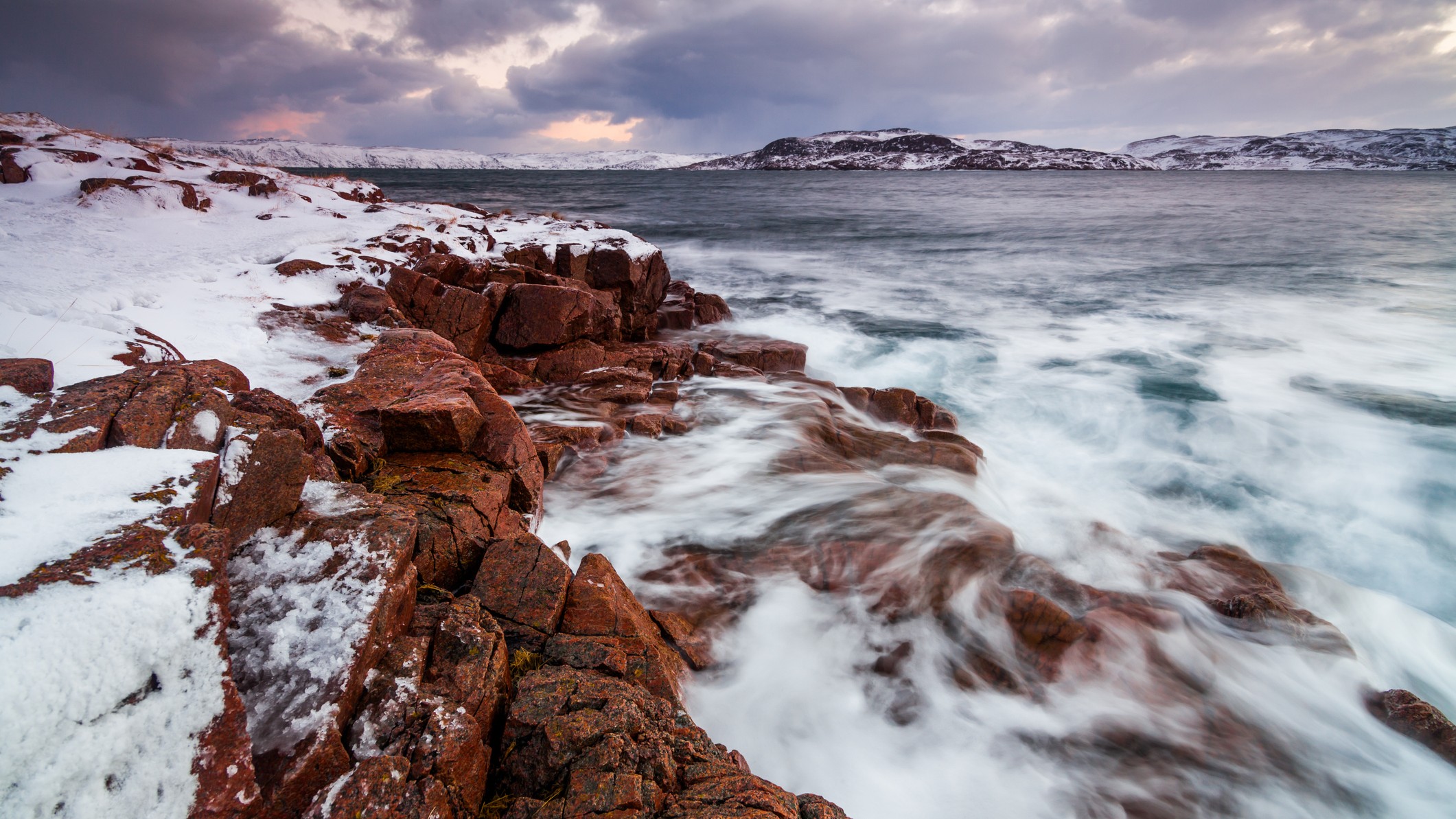Key Atlantic Ocean currents that appear to be slowing down due to climate change may be more resilient to global warming than scientists previously thought — thanks to a secret back-up system, a new study shows.
The Atlantic Meridional Overturning Circulation (AMOC) is a web of currents that loops around the Atlantic like a giant conveyor belt. Cold, salty waters sink near Greenland then travel south along the ocean floor. Eventually these waters rise to the surface again near Antarctica and return north, bringing balmier waters to the Northern Hemisphere. This system is crucial to warming Europe, in particular.
In recent years, experts have repeatedly sounded the alarm bell, suggesting the step in which waters sink could cease completely, which could lead to a massive drop in temperatures in Northern Europe and exacerbate sea level rise along the U.S. East Coast, among other impacts.
Researchers think this crucial stage of the AMOC is in trouble due to changes to dense water formation — the process by which the top layer of the ocean cascades to the bottom. Cold, salty water is more dense than warmer, less salty water. Under normal conditions, surface waters lose a lot of heat as they travel through the North Atlantic, which causes them to sink when they reach the end of their northward journey.
This typically takes place in the Nordic Seas — the Greenland, Norwegian and Iceland seas — Marius Årthun, a physical oceanographer at the University of Bergen in Norway and the lead author of the new study, told Live Science in an email.
But with climate change cooking the planet, surface waters in this region aren’t transferring as much heat to the air anymore, while rivers of meltwater are also gushing from the Arctic and Greenland Ice Sheet into the ocean, diluting the salt content of surface waters and preventing them from sinking.
Related: Key Atlantic current is weakening much faster than scientists had predicted
Dense water formation in the Nordic Seas has decreased since 1993, which spells trouble for the entire Atlantic circulation system — were it not for a newly found back-up system, Årthun said. The researchers published their findings Friday (July 11) in the journal Science Advances.
Arctic “Atlantification”
For the study, Årthun and his colleagues fed density measurements from the subpolar North Atlantic, Nordic Seas and Arctic Ocean into a computer model. They compared the results with available observations to check that the simulation accurately mirrored processes in this region.
The simulation confirmed that the Arctic Ocean is undergoing a process called “Atlantification.”
“Atlantification refers to the transition of the Arctic Ocean from a cold, ice-covered state to a warm, more ice-free state,” Årthun said.
Recent decades have seen sea ice in the Barents Sea — a region of the Arctic Ocean that is situated between Scandinavia and Svalbard — retreat farther and farther north, Årthun said. “We expect the Barents Sea to be the first Arctic region to become ice-free,” he said, adding that Atlantic waters are now also spreading into the Eurasian Basin, north of the Barents Sea.
Atlantification of the Arctic Ocean means the region is creating more dense water than it was previously, Årthun said.
“We find that this decrease [in dense water formation] in the Nordic Seas has been compensated for by more dense water formation in the Barents Sea and north of Svalbard,” he said. “These two regions have experienced a retreating sea ice edge […], hence increasing the area over which dense waters can be produced.”
The authors think this back-up system could help to sustain the AMOC. “There are processes that add resilience to the AMOC, perhaps making a serious weakening or collapse less likely,” Årthun said.
More research is needed to figure out whether this back-up system will last in a warming world. There is also a question mark over how well the Arctic Ocean can really replace the Nordic Seas by forming extremely dense water, said Nicholas Foukal, a physical oceanographer and assistant professor at the University of Georgia who was not involved in the study.
It would be interesting to explore whether the densest waters are still being formed, Foukal told Live Science in an email, because “the water masses that were formed historically in the Greenland Sea were incredibly dense.”
The Greenland Sea is a very deep ocean basin that is exposed to frigid gusts from the Greenland Ice Sheet. “The Arctic does not have this type of setting,” Foukal said. “I doubt that these really dense waters are being formed in the Arctic.”
